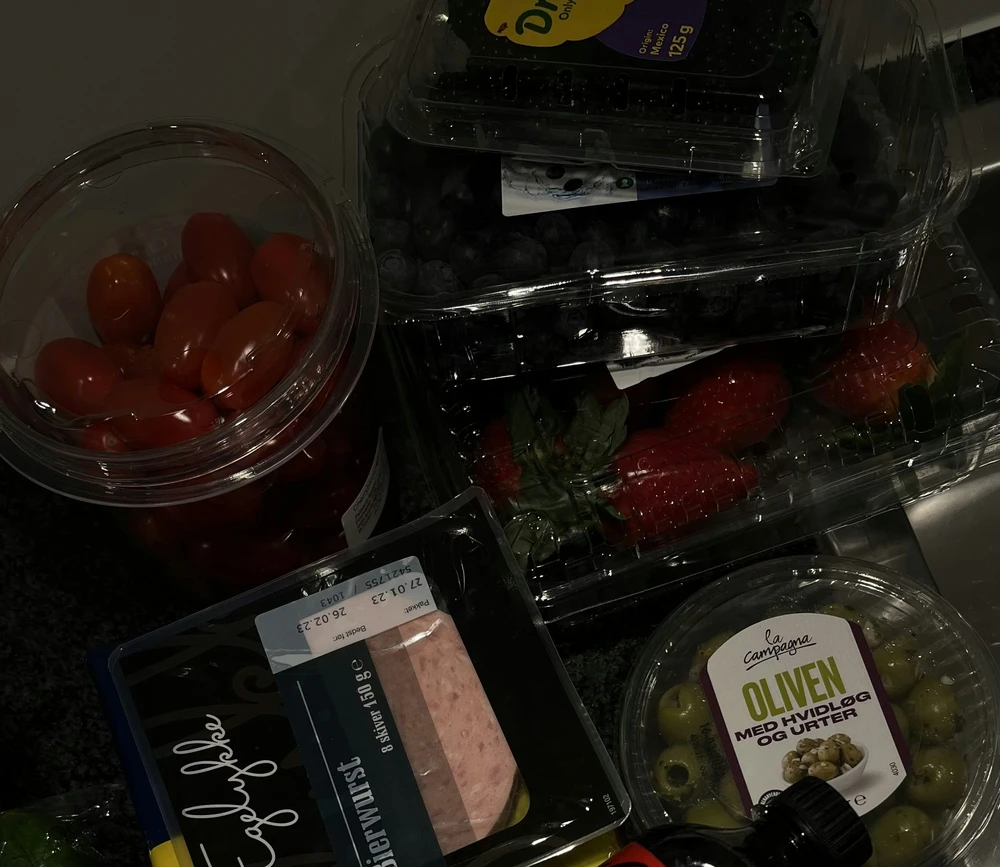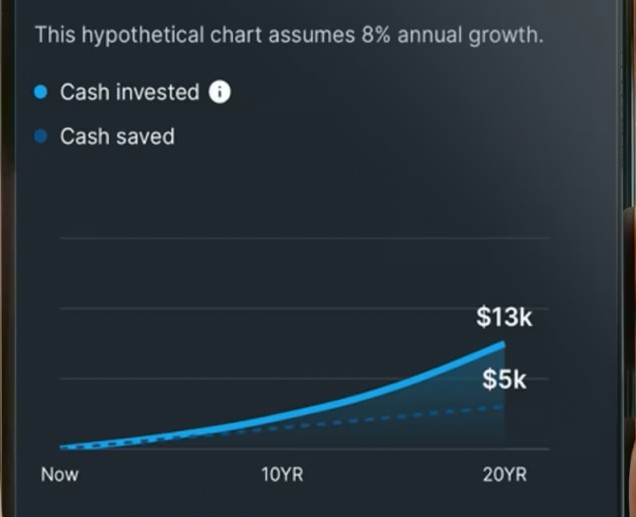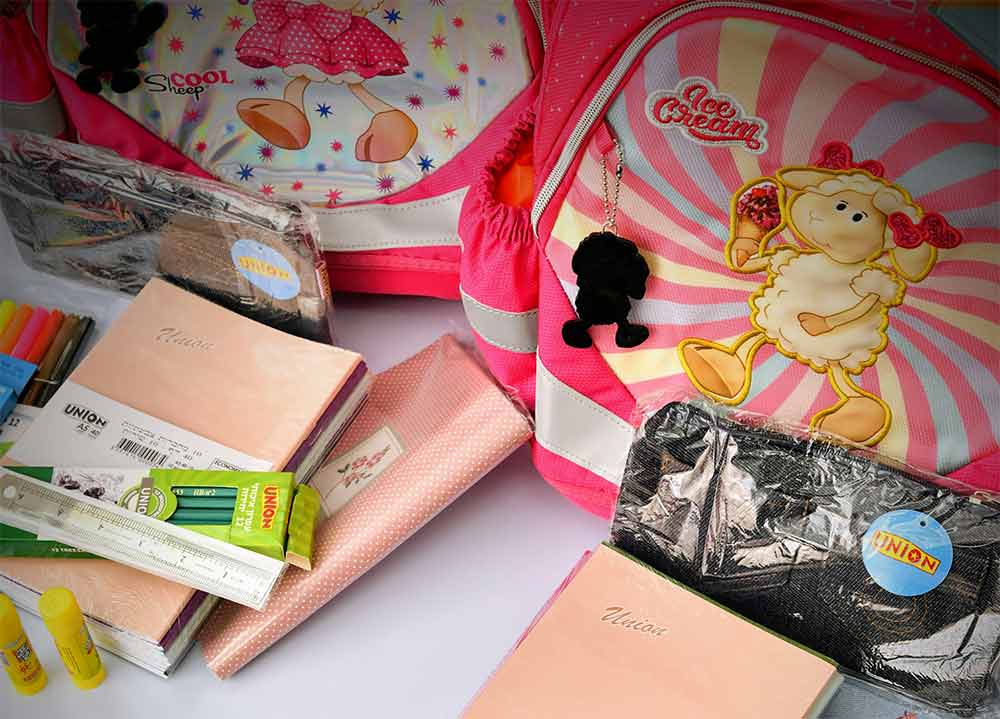As summer winds down, families across the U.S. face a familiar challenge: back-to-school shopping. From new clothes and shoes to notebooks and electronics, these expenses add up fast. In fact, according to the National Retail Federation, American households spent an average of $890 per child on back-to-school needs in 2024—and costs are expected to rise in 2025.
But here’s the good news: with a solid back to school budget, you can shop smarter, avoid overspending, and reduce last-minute stress while still giving your child everything they need to succeed.
This guide will walk you through every step—emotionally supportive and financially smart—so you can plan, save, and shop with confidence.
1. Why a Back to School Budget Matters (Especially in 2025)
Let’s face it: inflation, supply chain disruptions, and higher prices have made 2025 more financially unpredictable than ever. Whether you’re parenting one child or four, budgeting gives you peace of mind and financial control.
Beyond the dollars and cents, having a budget reduces anxiety. You’ll no longer feel overwhelmed in crowded aisles or pressured into buying unnecessary gadgets. A clear plan ensures you stay focused, spend intentionally, and teach your kids the value of financial discipline.
Emotional Tip: Involve your child in the budgeting process. It teaches them real-life money skills and gives them ownership in the shopping journey.
2. Start with a Spending Cap and Monthly Budget Breakdown
Before you hit the store, know your limit. How much can you realistically spend without dipping into savings or credit cards?
Here’s a sample back to school budget breakdown for one child:
| Category | Estimated Budget |
|---|---|
| Clothing & Shoes | $150 |
| School Supplies | $75 |
| Backpack/Lunchbox | $40 |
| Technology (Calculator, Tablet, etc.) | $100 |
| Extracurriculars (Sports, Music) | $60 |
| Emergency Cushion | $25 |
| Total | $450 |
Use tools like Mint or YNAB to create digital budgets and track your actual spending in real time.
3. Needs vs. Wants: Avoid the “Back to School Hype Trap”
Retailers are experts at making everything feel urgent. But not everything is essential. Ask these questions before making any purchase:
- Will this item help my child succeed in school?
- Can we reuse something we already own?
- Is this a want or a need?
Encourage older kids to research deals or compare prices themselves. This creates valuable life lessons around spending wisely.
Emotional Tip: Explain why budgeting matters. “We’re not cutting corners—we’re making sure we can also afford family trips, emergency funds, and holiday gifts later.”
4. Inventory What You Already Own
Before making a single purchase, take inventory:
Check the backpack: Is it still functional? Try on old uniforms or clothes: What still fits? Peek into the pencil box: Are supplies left over from last year?
You’d be surprised how many markers, folders, and unused notebooks are hiding in drawers. Taking stock can save you $50–$100 or more.
5. Use a Strategic Shopping List (Stay Focused!)
Once you know what you need, make a categorized shopping list. Here’s a simple structure:
- Supplies: Notebooks, pens, binders, highlighters
- Clothing: Uniforms, shoes, jackets
- Electronics: Headphones, tablets, calculators
- Extras: Art materials, water bottles, lunchboxes
Stick to the list. No spontaneous purchases unless they’re clearly useful or on-sale essentials.
Print-friendly tip: Offer your readers a free printable checklist—this boosts time on site and SEO. You can embed a download like: “Download our free Back to School Budget Checklist 2025 (PDF)”
6. Shop Smart: Timing, Coupons, and Tax-Free Weekends
Timing is everything. The best back-to-school deals start around late July and early August.
Tax-Free Holidays
Many U.S. states offer back-to-school tax-free weekends (e.g., Texas, Florida, Ohio). Save 6–10% on clothing, supplies, and electronics. Check your state’s tax-free weekend here.
Digital Coupons & Apps
Use apps like:
- Rakuten (cashback on purchases)
- Honey (auto-applies coupons)
- RetailMeNot (discount codes)
- Target Circle or Walmart+ for member-only deals
Last-Minute Clearance Sales
If your child doesn’t need supplies right away, wait until September. Retailers deeply discount leftover stock.
7. Consider Secondhand, Thrift, and Discount Stores
New doesn’t always mean better. Thrift stores often carry gently-used brand-name clothes, backpacks, or binders for 70% less.
Where to shop thrift:
- Goodwill
- Once Upon a Child (kids’ apparel)
- Facebook Marketplace
- eBay or Mercari for used electronics or graphing calculators
Shopping secondhand also teaches kids about sustainability and smart spending—a win-win.
8. Take Advantage of School and Community Resources
Many public schools, non-profits, and churches offer:
- Free supply kits (check with your school counselor)
- Back-to-school fairs with giveaways
- Used uniform exchanges
- Discount codes for teachers and students at stores like Dell or the Apple Education Store
Internal Link Tip: You can add internal links to related articles like:
- Emergency Funds: How Much Do You Really Need in 2025
- 7 Smart Budgeting Apps Americans Swear By in 2025
9. Set Spending Limits for Kids
Older children may request specific brands or gadgets. Give them a mini budget and let them make decisions within it.
Example:
“You have $75 for school clothes—want one pair of trendy sneakers or 3 pairs of jeans and a hoodie?”
This promotes independence, critical thinking, and budgeting habits.
10. Track Spending & Save Your Receipts
Every purchase counts. Use a simple Google Sheet or expense-tracking app to stay within your budget.
Also, save receipts for potential:
- Returns
- Tax deductions (especially for homeschooling or education-related costs)
- Warranty claims on electronics
Pro Tip: Set a reminder to re-evaluate your back to school budget next year. What worked? What didn’t?
Final Thoughts: Back to School Budgeting Is About More Than Just Saving
Back-to-school season can be a beautiful time of excitement and new beginnings—but also a stressful one, especially financially.
Having a strong back to school budget isn’t just about pinching pennies. It’s about feeling in control, teaching your kids about money, and starting the school year with confidence instead of chaos.
With a bit of planning, resourcefulness, and creativity, you can conquer your shopping list without the guilt or financial hangover. And that’s a win worth celebrating.
Quick Recap Checklist:
- Set a clear spending cap
- Separate needs vs. wants
- Use price comparison tools & apps
- Shop secondhand or during tax-free weekends
- Tap into school/community resources
- Involve your kids in budgeting decisions
- Track all expenses and reflect annually
If you found this guide helpful, consider exploring more family budgeting tips on BudgetWiseHub.com. Together, let’s make 2025 the smartest school year yet—for your wallet and your child’s future.












